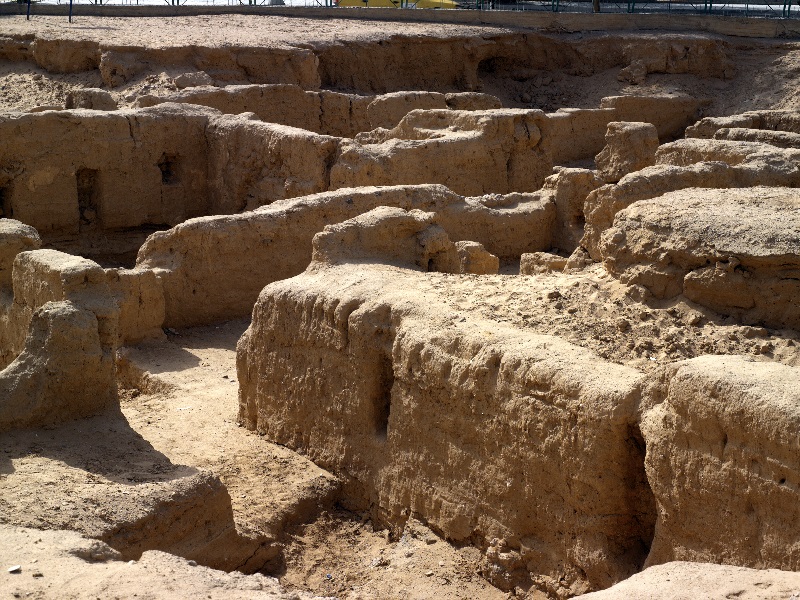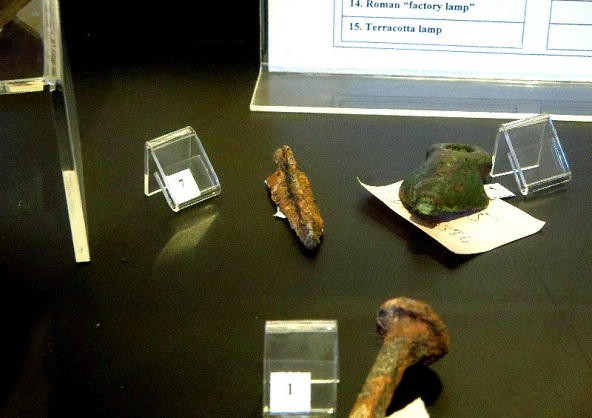Aqaba Byzantium Church
Christianity spread in eastern Jordan between the second and third centuries AD, and Christians began building churches everywhere. The Byzantines gave the city of Ayla (Aqaba) special attention due to its commercial importance, and it became an episcopal center. The Church of Aqaba was built along the beach, 290 AD, slightly earlier than the Church of the Holy Sepulcher in Jerusalem and the Church of the Nativity in Bethlehem, both of which date back to the third century AD. This is what made it classified as the world's oldest-known purpose-built Christian church, while the churches that preceded it were buildings transformed from other uses or religions.

The church was discovered in 1988 through the excavation campaign that took place in Aqaba from 1994 to 2002, by Thomas Parker from the University of North Carolina, along with Jordanian archaeologists.
The church was built of stone and mud bricks, with some traces of painted figurative reliefs believed to be the embodiment of some important figures. Its area is estimated at 416 square meters, with a height of between three and five meters. Despite being a modest church in terms of shape and size, the Church of Aqaba is considered a pioneer in terms of church architecture. Part of it was destroyed by the catastrophic earthquake of 363 but was soon rebuilt.

Archaeologists discovered a chancel screen, a collection box with coins that date back to the period between 337-361, which indicates that the church was in use for at least seventy-one years. In addition to fragments of glass-made oil lamps, and a cemetery with 24 skeletons immediately adjacent to the, and one of the graves contained a bronze cross.
